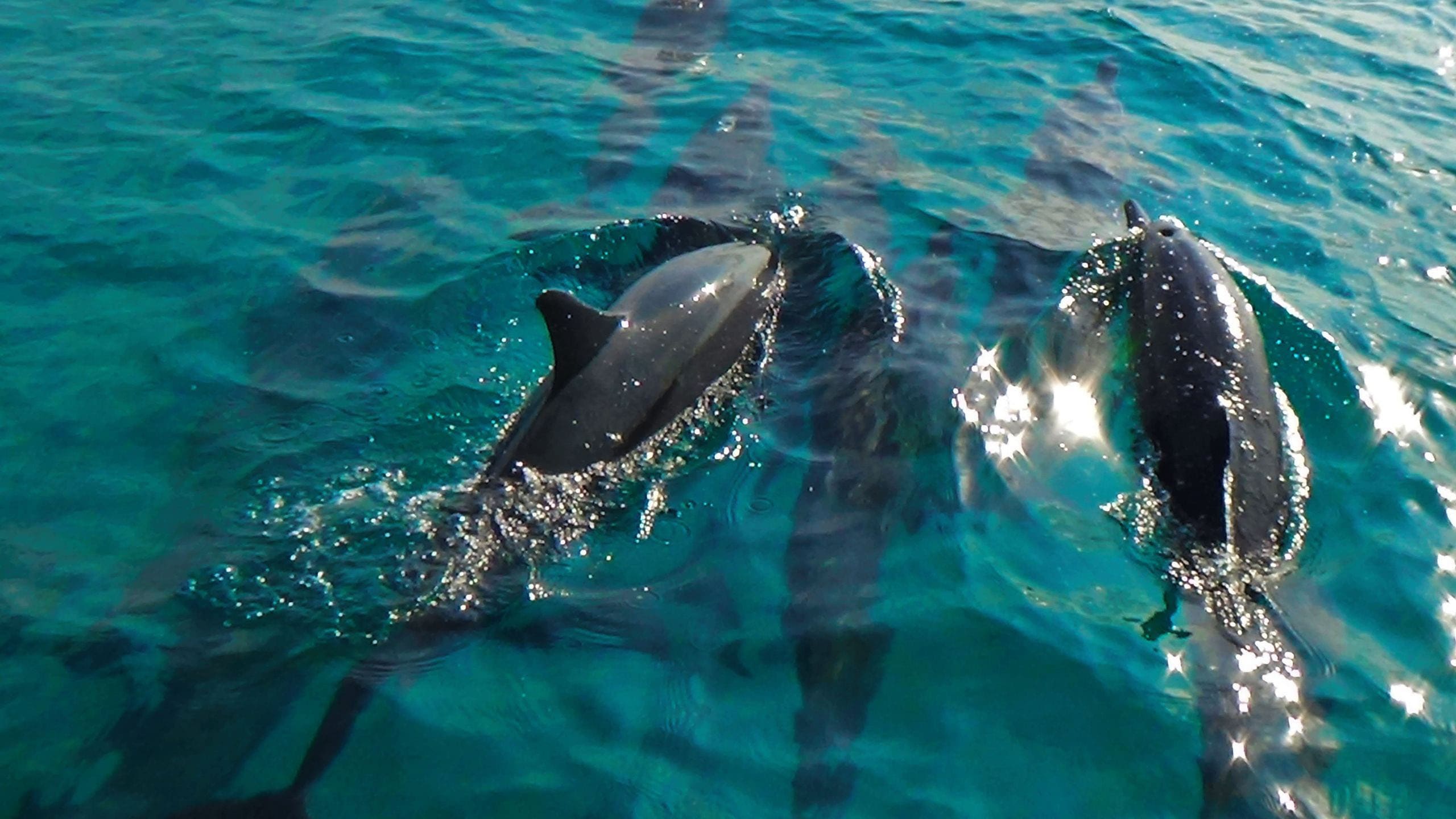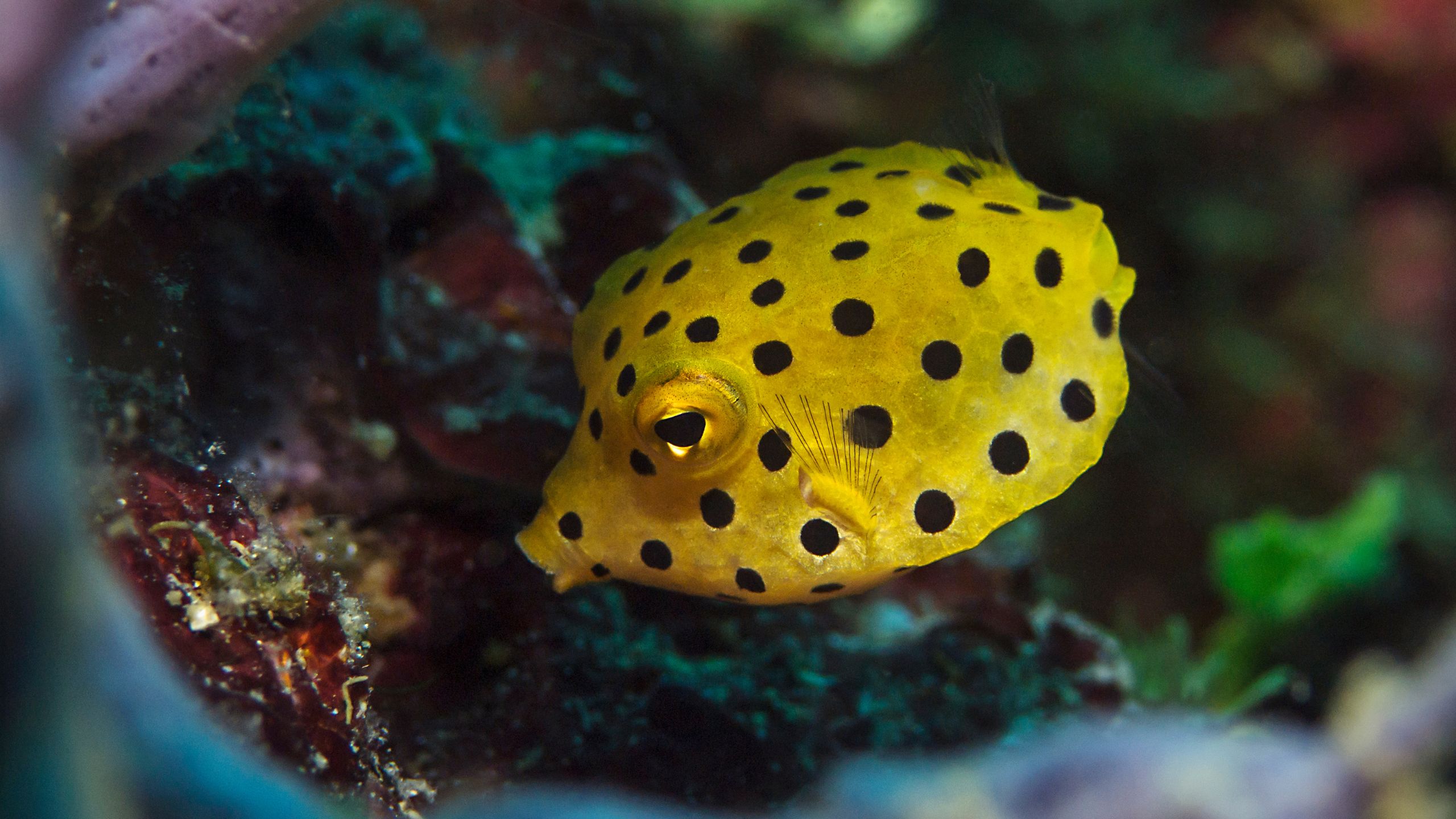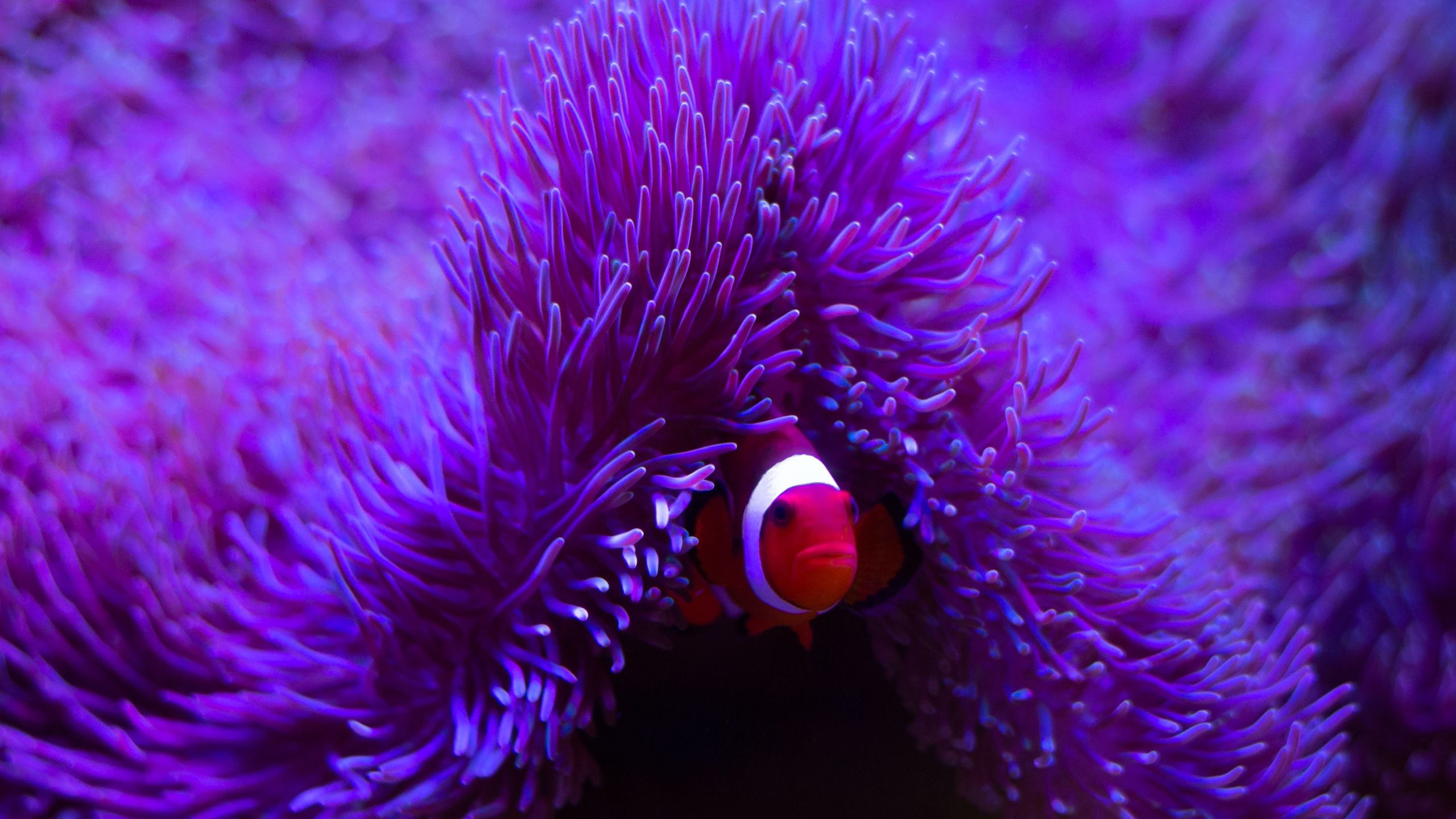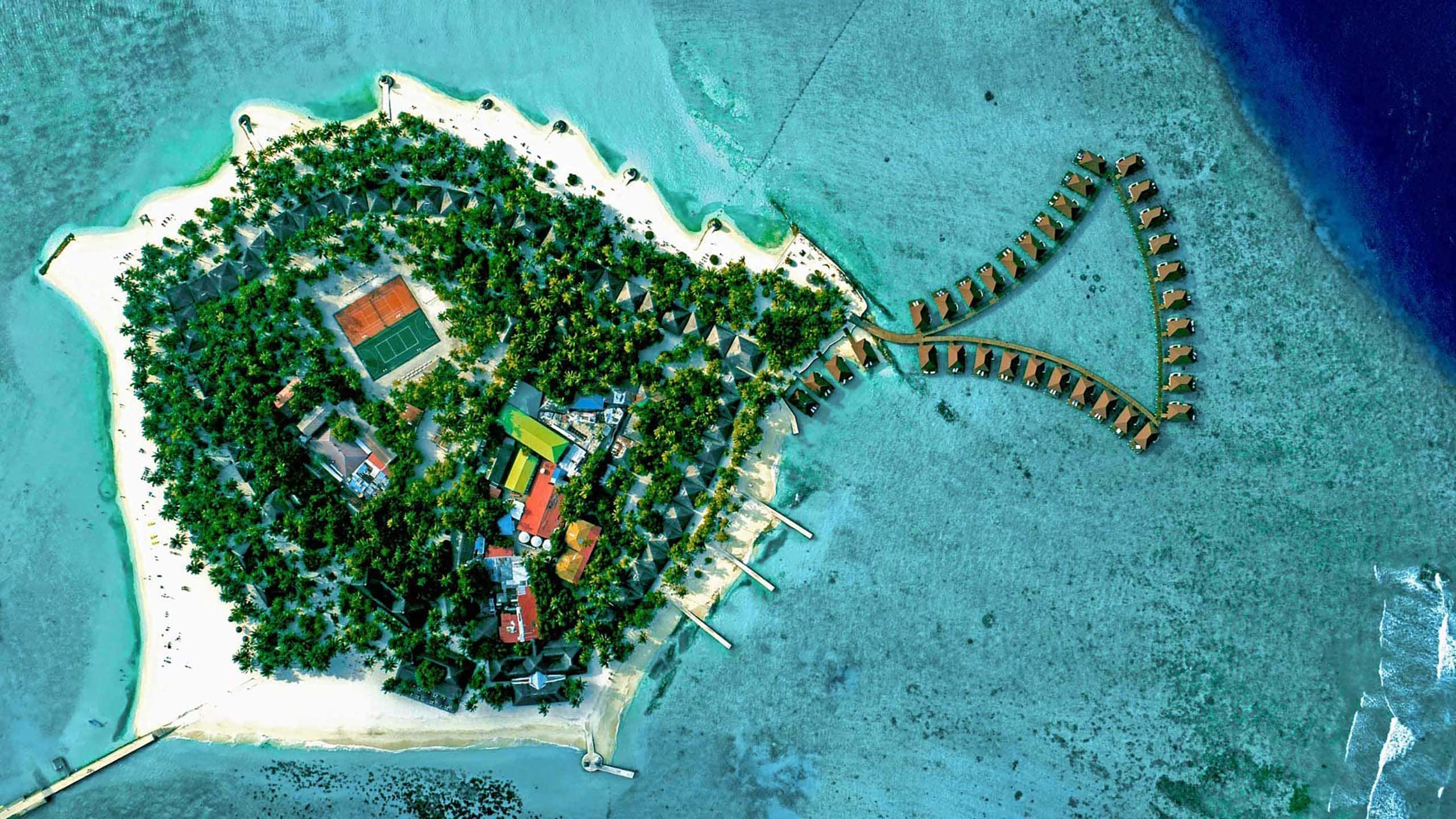Discovering the Yellow Boxfish
We continue with our series of presentation of fishes characteristic of the Maldivian sea and today we present a truly curious and funny specimen: the Yellow Boxfish.
Marco Carè, diver of the NAKAI group and author of the shot told us:
“I photographed this small specimen in Maaya Thila, an area included in 2019 by National Geographic among the 100 most beautiful diving sites in the world. In the snorkeling and diving sites of the NAKAI Resorts of Alimathà, Dhiggiri and Maayafushi it is very easy to meet these wonderful fish. Together with the NAKAI guides you will be taken to their usual habitats, and with a bit of luck, you will also be able to see and photograph the cute juvenile yellow boxfishes like the one in this photograph ”.
The yellow boxfish, whose scientific name is Ostracion Cubicus, is a poisonous marine fish belonging to the Ostraciidae family. It belongs to the order Tetraodontiformes (the same as the pufferfish) and its scientific name Ostracion Cubicus comes from the Greek term Ostrakon, which means shell and from the Latin Cubicus, which means cubic. This is because the yellow boxfish has a rigid structure under the skin that protects it and is curiously cubiform.
The Yellow Boxfish has a massive body and a length that can reach 45 cm. The young specimens have the characteristic very marked cube shape while the more adult fish are more elongated.
The color changes according to age and sex. Juveniles are yellow, more or less dark, with dark spots the size of their eyes. With reaching adulthood, white spots appear on the body surrounded by black dots. Adult females are a brighter yellow color. Adult males often become dark, with colors such as brown, green, blue, gray or dull yellow, while the white spots and fins turn blue and the black dots become more numerous.
The muzzle is pointed, the eyes are set high. This species lacks the ventral fin so it moves by moving the anal and dorsal fins. The pectoral fins are used as a rudder to direct movements.
They are solitary animals and only during the mating season, in spring, the male is always accompanied by 2/4 females. The female can produce several eggs per day, for about a month. Once fertilized by the male, the eggs are released into the currents and dispersed in the open ocean. This is a survival technique because one predator cannot devour all the eggs.
When the Yellow Boxfish feels threatened or injured, it secretes a toxin from special cells that cover its entire skin. This chemical compound, called Ostracitoxina or Pahutoxin, is dispersed all around the fish in the form of a clear gel. On humans this poison has no effect on contact alone but can become dangerous and potentially lethal if ingested. The Yellow Boxfish, as well as all the fish belonging to the Pufferfish family, must absolutely not be eaten!
The Ostracion cubicus can live up to 300 meters deep even if it is usually found at depths between 1 and 40 meters. Adults can be found in the outer part of the coral reefs that surround not only the Nakai Resorts of Alimatha, Dhiggiri and Maayafushi, but all the Reefs around the NAKAI Resorts on gentle reef slopes, but also very deep ones, which still provide crevices and ledges as a hiding place.
RESERVATIONS











